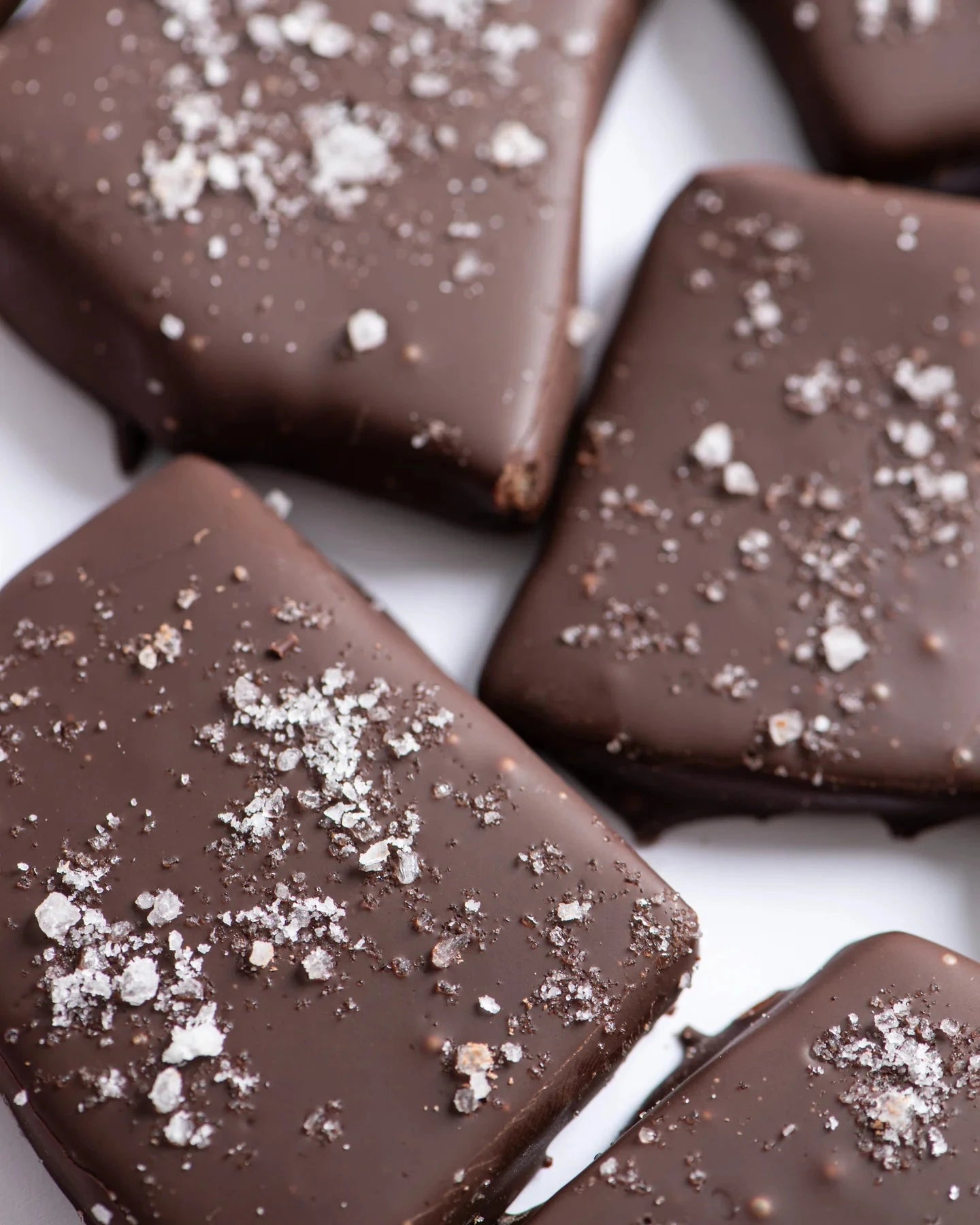Let’s Talk Peppercorns!
In the shops, we’re often asked to describe the different qualities and flavors of peppercorns. It’s a fair question. Pink peppercorns love delicate proteins like chicken or fish. Szechuan are great with green beans and Tellicherry are our go to for everyday seasoning. But what makes a peppercorn a peppercorn and how are they all related?
Green, Lampong, Tellicherry, and White Peppercorns
Plant: Piper nigrum
Primarily Grown in: India, Indonesia and Brazil
Green Peppercorns are most representative of the raw fruit of the Piper nigrum. In order to retain the green color of the harvested fruit, these peppercorns are treated with sulfer-dioxide and dehydrated, rather than dried in the sun. The end result is a grassy, mild pepper best suited for chicken dishes or pasta.
Sulfer-dioxide is used to treat many dried or preserved fruits. It retains natural pigments and offsets browning.
Lampong Peppercorns are sourced from Piper nigrum grown in Indonesia. After harvest, the peppercorns are sorted by size and left to dry in the sun. Natural enzymes in the fruits skin brown the peppercorns and the pigment deepens as they dry. Lampong peppercorns have a sharp, spicy flavor. This pepper is most similar to the peppercorns you’d find at a grocery store. It’s a great universal pepper and a favorite for daily use.
Tellicherry Peppercorns are the large fruit of the Piper nigrum. Like the Lampong Peppercorns, the fruits are harvested and sorted by size. The small fruits are dried and later sold as Black Peppercorns. The large fruits are Tellicherry. Purists believe these peppercorns must be grown in Tellicherry, a city on the southern coast of India. Tellicherry Peppercorns are celebrated for their aromatics, fruity tones and citrus notes. Try them on steaks, salads and pastas for a bright finish.
White Peppercorns are the seed of the Piper nigrum fruit. Soon after harvest, the fruit husk is removed to expose the inner seed. Those dehydrated seeds are White Peppercorns. They are inside a Green, Lampong or Tellicherry peppercorn! White pepper has a mild, musky flavor that lends itself to cream sauces.
Pink Peppercorns
Plant: Schinus mollen (Peruvian peppertree) or Schinus terebinthifolia (Brazilian pepper)
Primarily Grown in: Peru and Brazil
Pink Peppercorns aren’t peppercorns at all! They are in the cashew family so folks with tree nut allergies, beware. Brazil and Peru are the top cultivators of Pink Peppercorns. In the late 1800's, Brazilian pepper plants were introduced to Florida as an ornamental plant. Today, Pink Peppercorns grow wild throughout the southern and western United States and throughout the World's tropics. We like to pair these with all kinds of seafood, ricotta toast in the morning or even crushed on-top of a salad.
Szechuan or Sichuan Peppercorns
Plant: There are many, but all are in the genus Zanthoxylum
Primarily Grown in: China and Southeast Asia
Also Known As: Flower Pepper
Szechuan Peppercorns have a numbing quality thanks to the presence of hydroxy-alpha sanshool, a chemical compound that can cause tingling and numbing in the mouth and vibrations on the lips. The husk of the plants fruit is what we consume and these 'peppercorns' are key to traditional Chinese cooking. Try using Szechuan peppercorns in stir fries or soups and stews for added complexity and a pop of heat (or numbness)!












